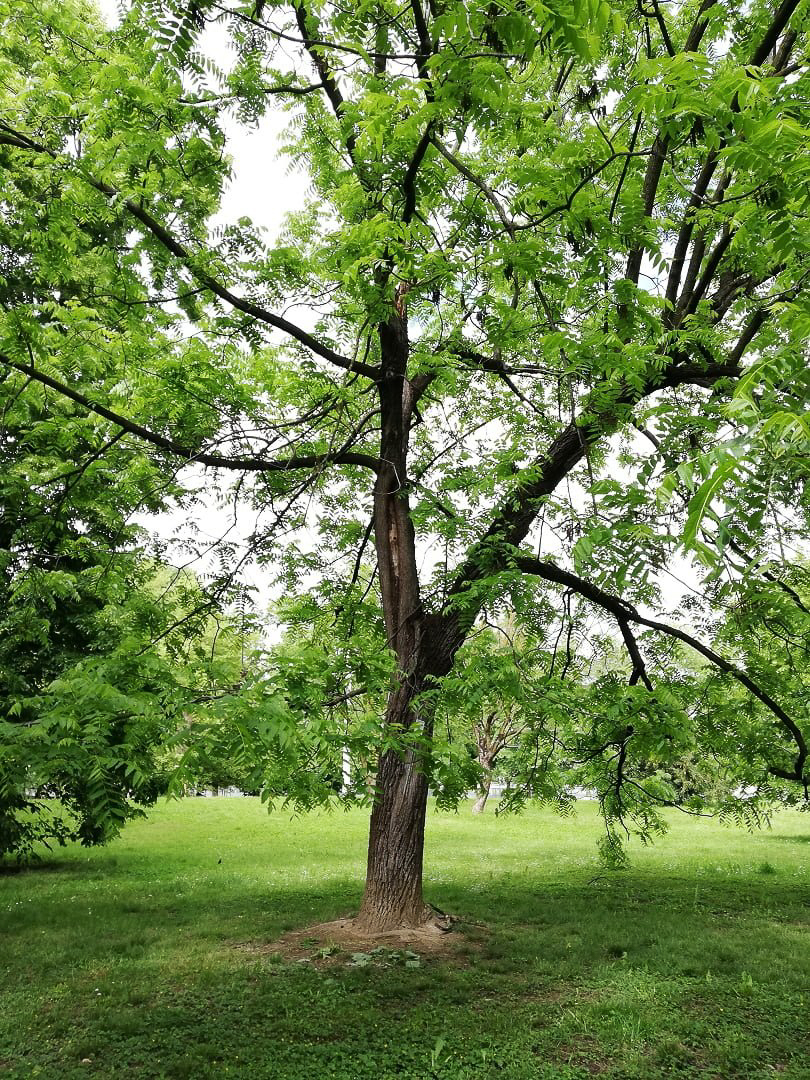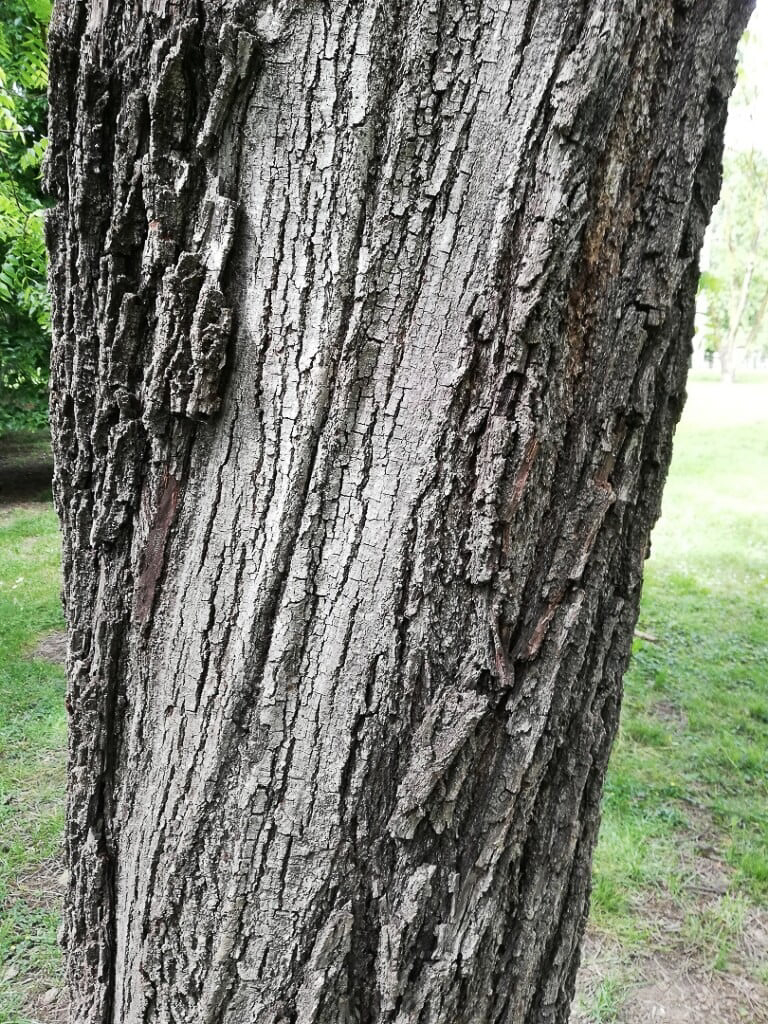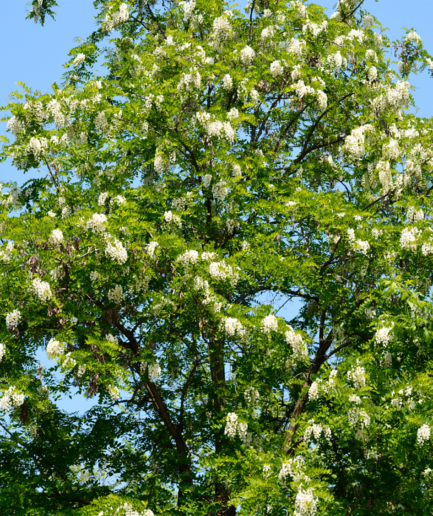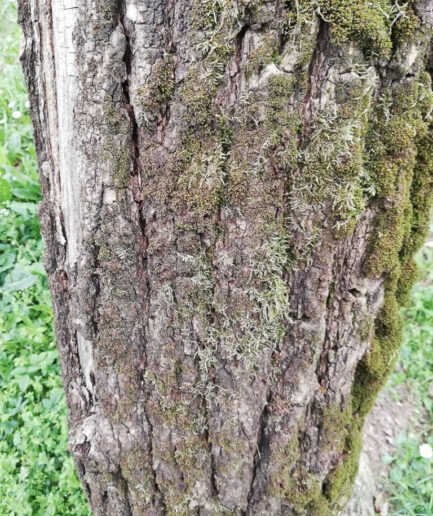White walnut
Scientific name: Juglans regia L.
Family name: Juglandaceae
MORPHOLOGY
Growth habit and size: Deciduous tree up to 25 m tall. It has a broad, globular, dense crown.
Bark: Dark and fissured.
Leaves: Composed of 5-9 elliptic-lanceolate, entire margins.
Flowers: Male clustered in pendulous greenish-brown catkins. Female flowers are solitary or clustered in groups of 2-5 and are yellowish white. Male flowers appear before the leaves.
Fruits and seeds: Oval or globular drupes, solitary or clustered, green on the outside. They have a slightly furrowed brown shell or kernel inside which protects the seed and is divided into four lobes.
DISTRIBUTION AND HABITAT
The White walnut is a plant native to Asia, found from lowlands to uplands up to 1,200 m above sea level. It prefers cool, deep soils and fears very low temperatures or excessive heat. The roots produce an organic compound, called juglone, which is toxic to other plant species and does not allow them to grow near it.
USE
It is an important species for both wood and fruit. Its wood has always been used in the manufacture of fine and luxury furniture. Its fruit can be consumed directly or used to produce “walnut wine” and walnut oil. The largest producers are China, the United States and Iran.
Walnuts are considered nutraceutical foods because they are rich in linoleic and linolenic essential fatty acids, which are useful for maintaining low cholesterol levels and improving blood vessel function and elasticity. The leaves are also used in phytotherapy because of their content of juglone, tannins, flavonoids, and vitamin C. They are used to treat venous insufficiency due to their astringent properties, and as antibacterial in the skin and bronchi.
Before taking any plant-based product (medicinal or non-medicinal) for therapeutic or similar purposes, it is always advisable to consult a doctor.
INTERESTING FACTS
The white walnut tree is linked to numerous legends of Nordic, Greek, and Roman mythology. In Greece, the plant was associated with the god Dionysus and the myth of Caria. It is said that Dionysus fell in love with a girl named Caria who reciprocated the feeling for the god. The girl’s sisters, Orpheus and Lycus were jealous of their bond, so they were punished by Dionysus and turned into rocks. When Caria learned about the incident, she died of grief.
Then the god, madly in love with the girl, decided to make her memory eternal by turning her into a walnut tree that could produce fruitful fruit. According to the myth, it was Artemis who informed the parents of the three girls about their sad death. To honor the goddess and Caria, a temple was built, dedicated to Artemis Caryatid. The columns of the temple were made of walnut wood in the shape of female figures and were thus called “caryatids.”
Another famous tree is the Benevento walnut tree, an ancient tree consecrated to the Germanic god Odin around which a community of Lombards settled near the city. The celebration of pagan and religious rites has given rise to various legends concerning magical ceremonies and rituals officiated by witches.
Photo: Kindly provided by Valentina Gussoni

















